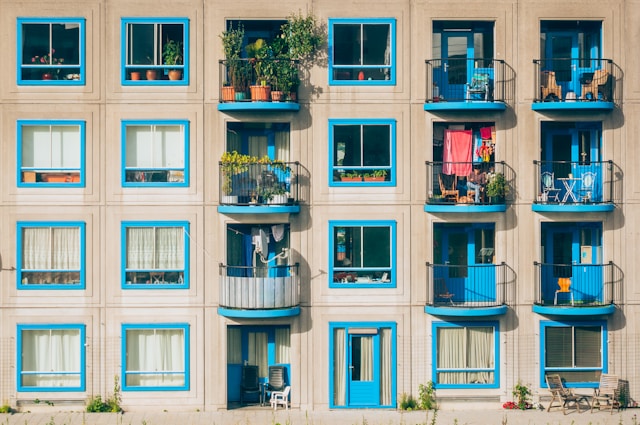When it comes to property management, the size and type of property significantly impact the strategies and challenges involved.
It’s no secret that managing a multiplex property is more complex than managing a single-family home. If you’re a landlord or someone who is looking to acquire a multiplex investment property, there are many moving parts you need to be aware of when managing this type of property and its tenants.
So, let’s dive deeper into what it looks like managing a multiplex property.
What are the different types of multiplexes?
In this blog, we will focus on multiplex dwellings which are residential properties management containing more than one separate unit within a single building: Duplex, Triplex and Fourplex
- Duplex:
- A two-unit residential building. Each unit is typically a mirror image of the other, either arranged side by side or one on top of the other, with separate entrances.
- Triplex:
- A three-unit residential building. The units can be side by side, stacked vertically, or configured in various ways.
- Fourplex (Quadplex):
- A four-unit residential building. The units may be arranged in different configurations, such as two units on the ground floor and two above, or all four units side by side.
Key Considerations to Keep in Mind When Managing a Multiplex Property
Tenant Relationships
When living within a property like a duplex or triplex, tenants are bound under the same roof, which means there are more chances of complications when sharing amenities such as the driveway, backyard, city garbage bins, etc.
Landlords and property managers should be mindful of the tenants’ living enjoyment and to understand that potential tension and issues may arise between tenants. In these cases, it’s important to exercise your skills on problem solving and knowing how to fairly judge the situation at hand.
Maintenance and Upkeep
More units within a single space means more residents, this typically results in higher overall wear and tear on the property, potentially leading to more frequent repairs.
Coordinating maintenance tasks can be a challenge as there are more tenants that have to be home when these certain tasks are being performed.
Vacancy and Turnover
Owning a multiplex means a higher percentage for turnovers and vacancies. Owners need to keep in mind that finding a new tenant may be more of an often activity than not. When screening new tenants, landlords and property managers should be mindful of the applications, for example students or young families, these types of applicants may need to find an alternative space sooner rather than later.
Landlords should be aware that vacancies are bound to happen and to financially plan in case this event were to happen.
Understanding these key differences can help landlords optimize their management strategies and ensure the success of their multi-family properties as it’s not always the easiest job to do.
If you or a landlord you know are needing support with managing their multiplexes, reach out to us today to see how we can help!





